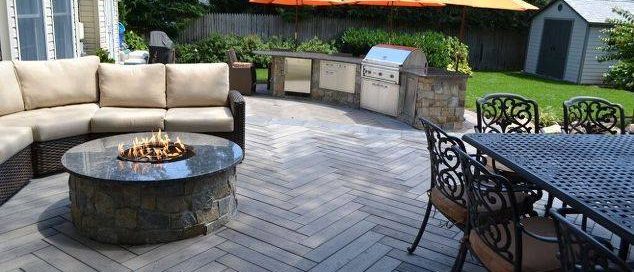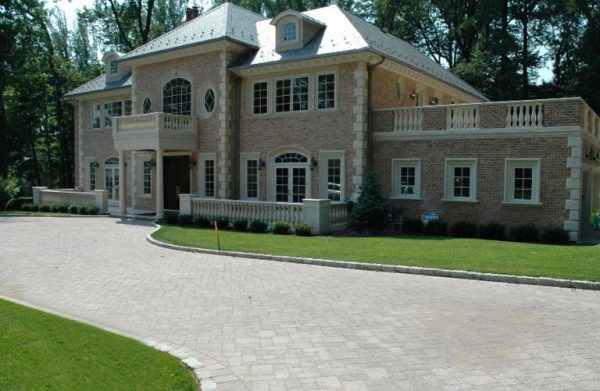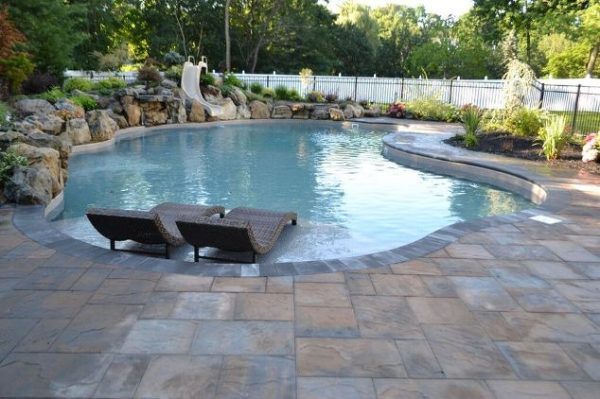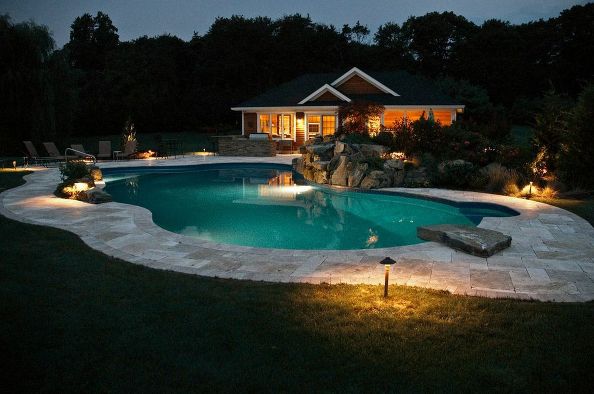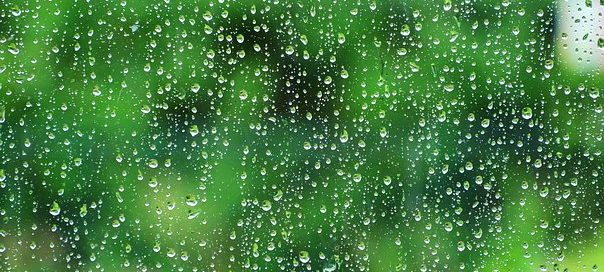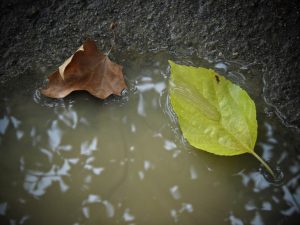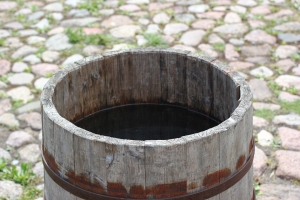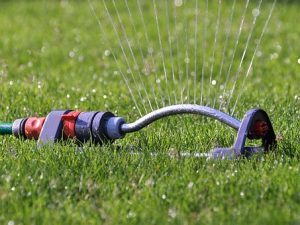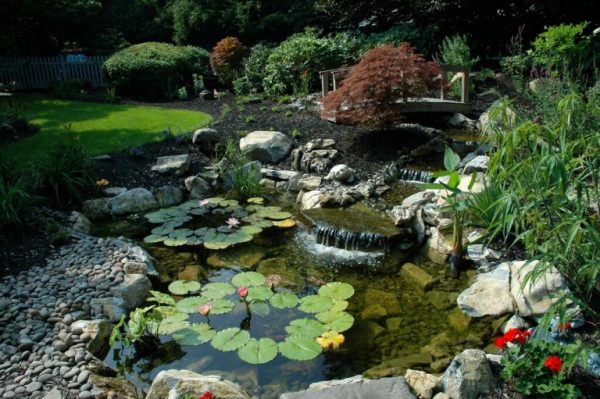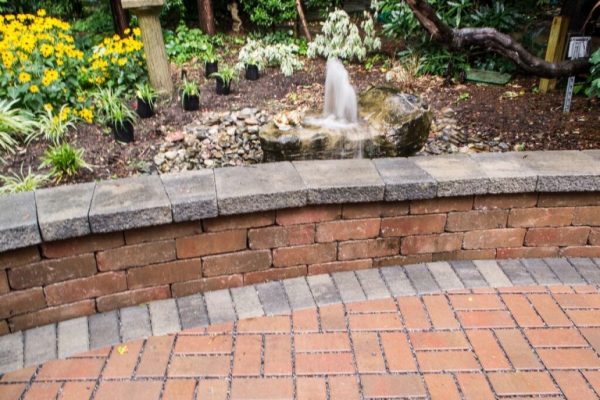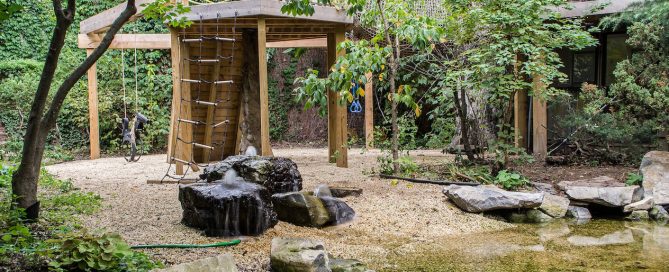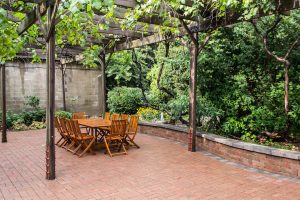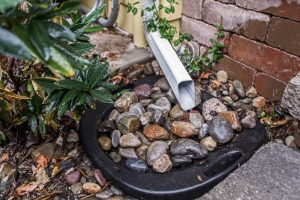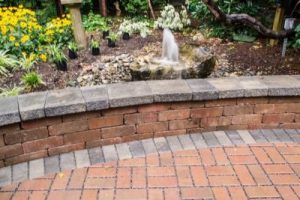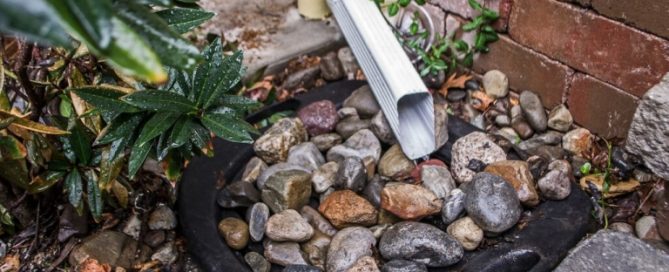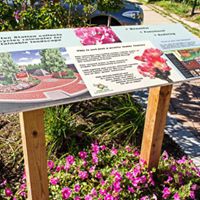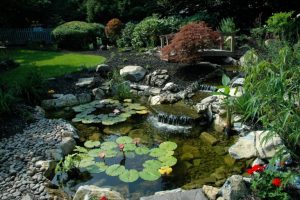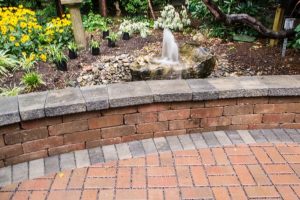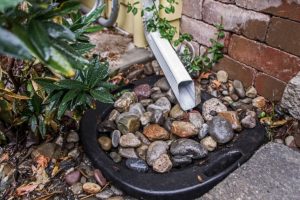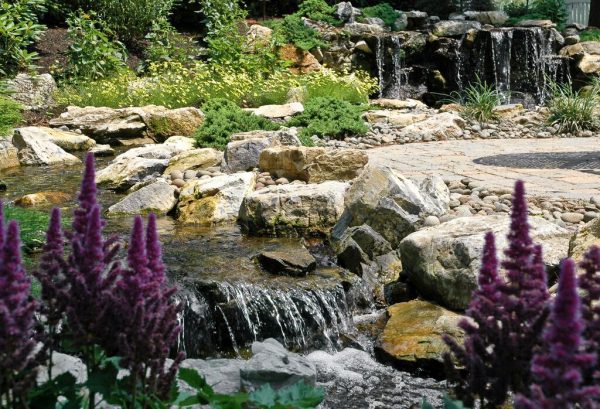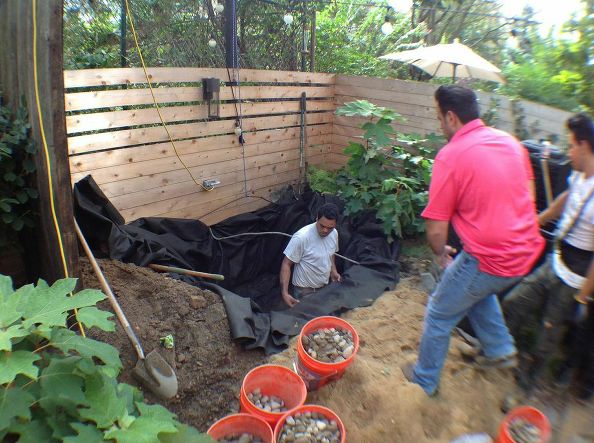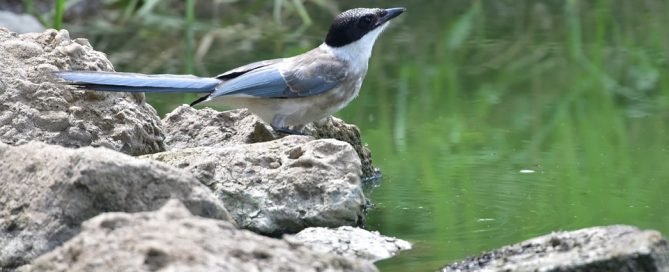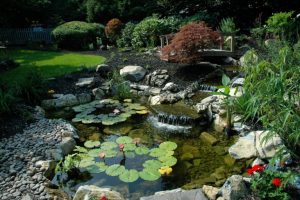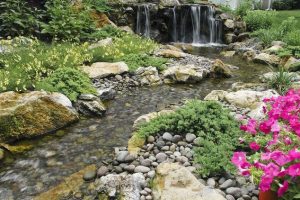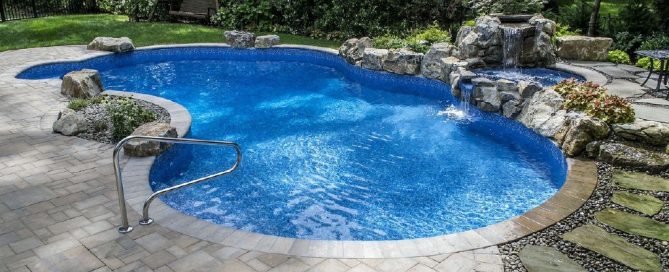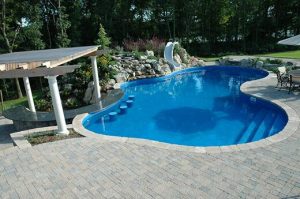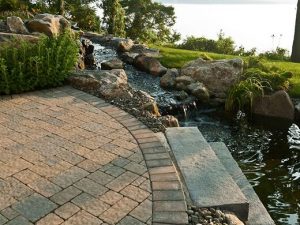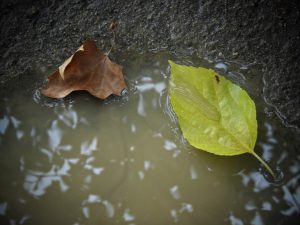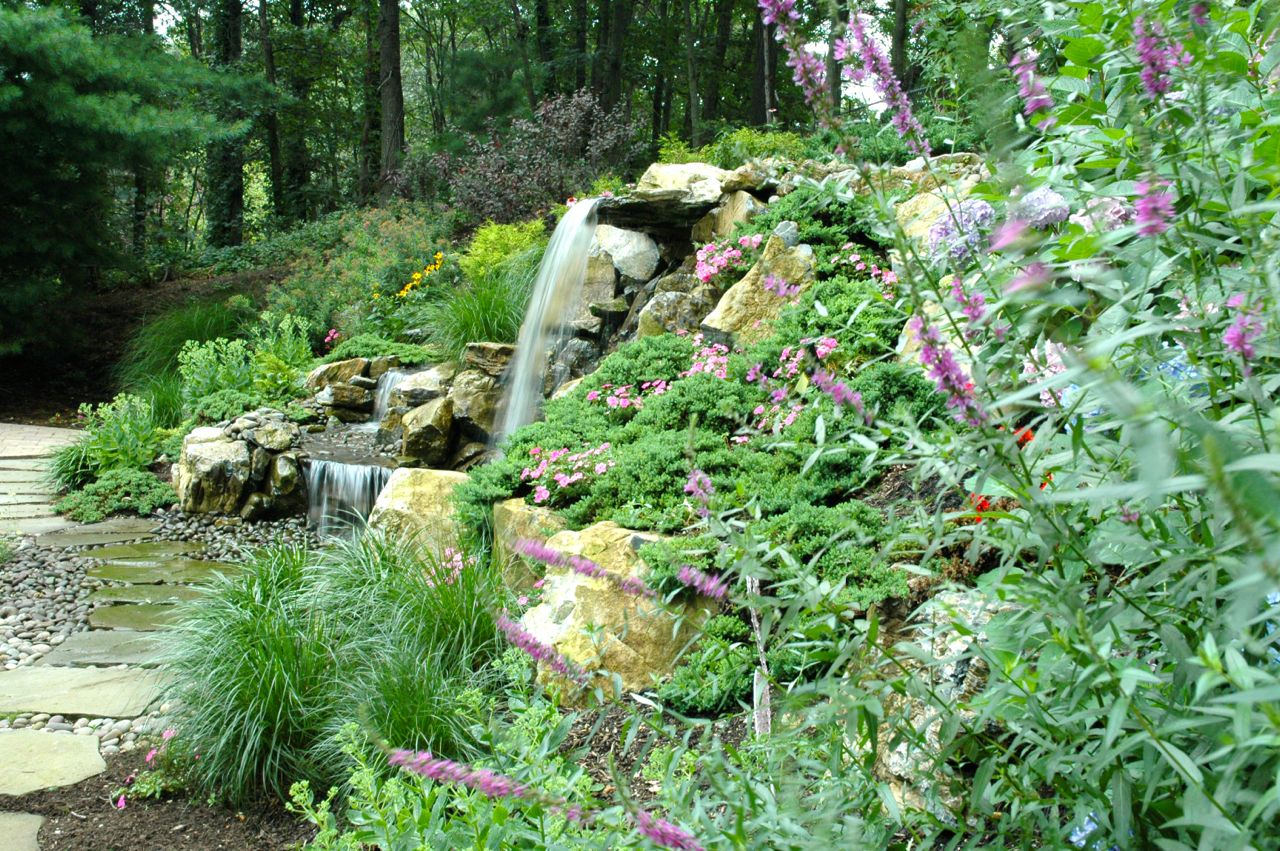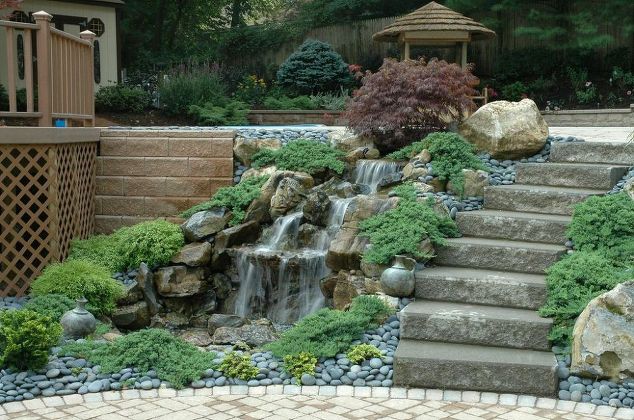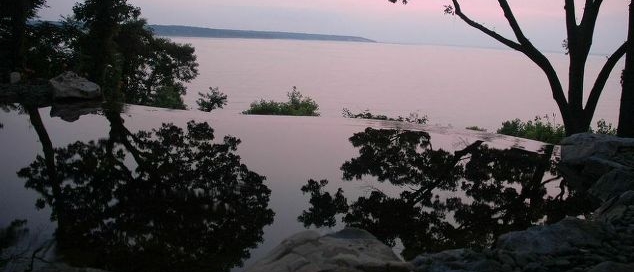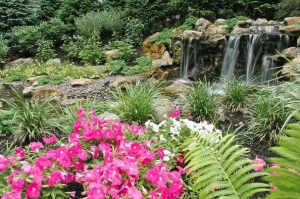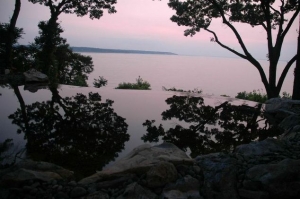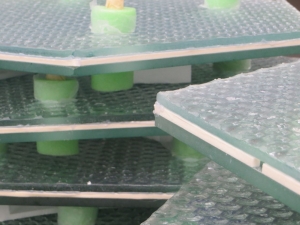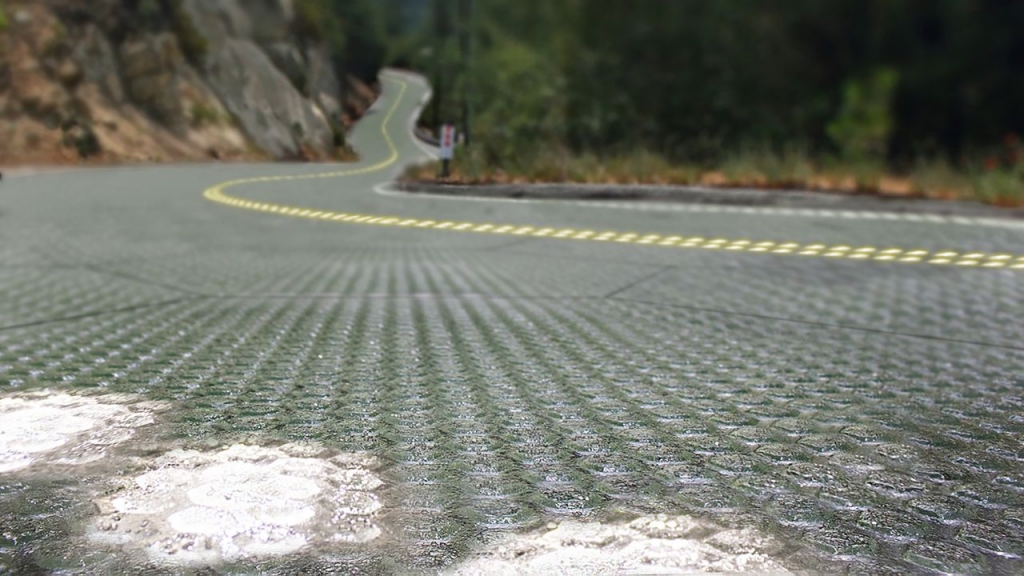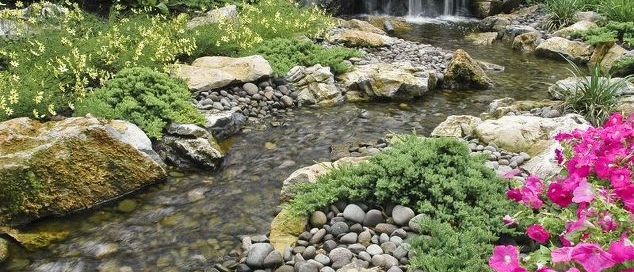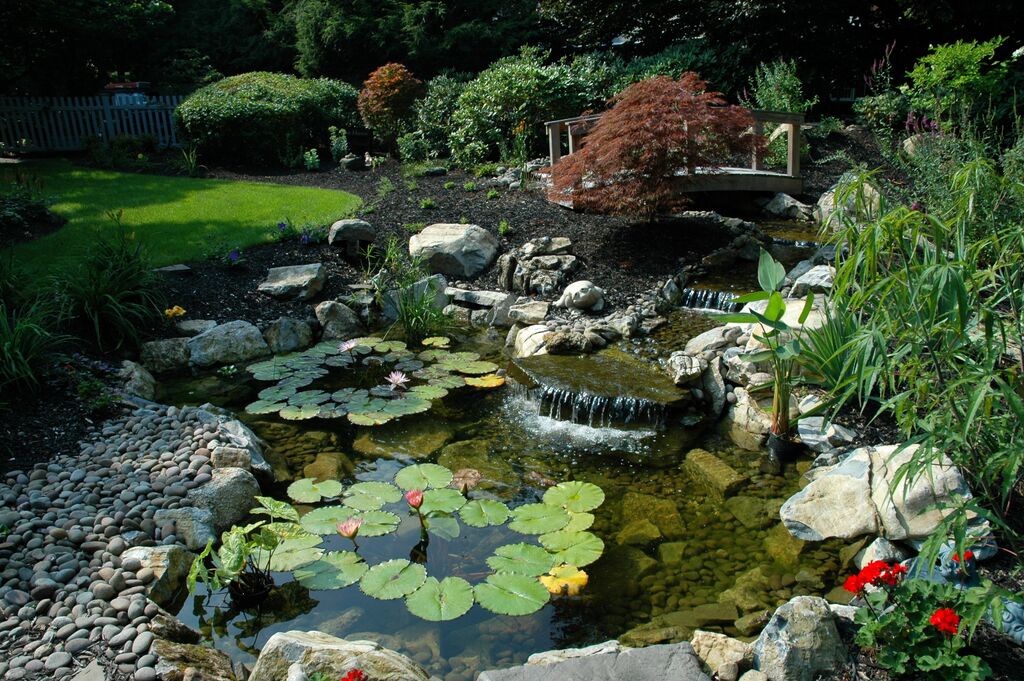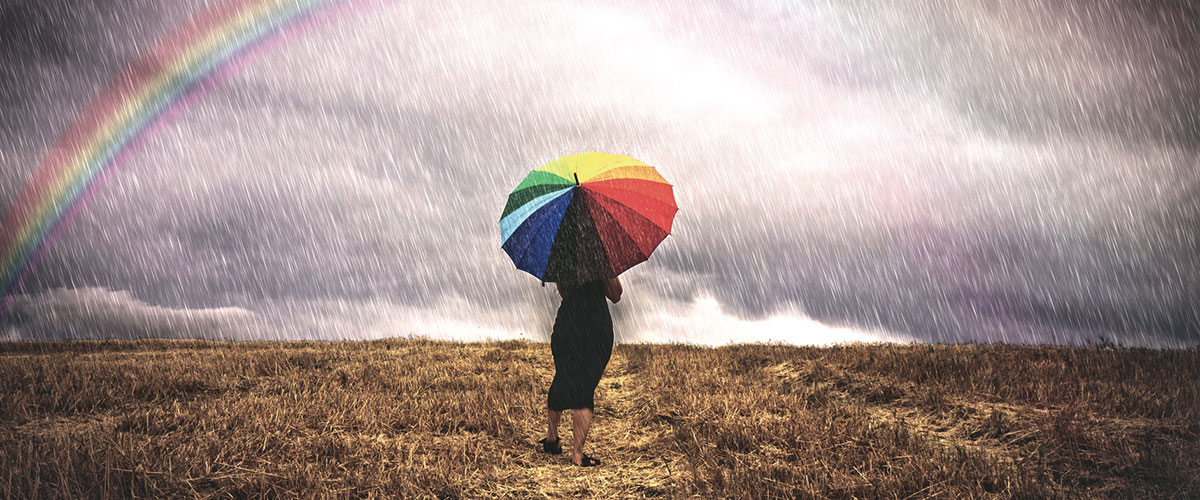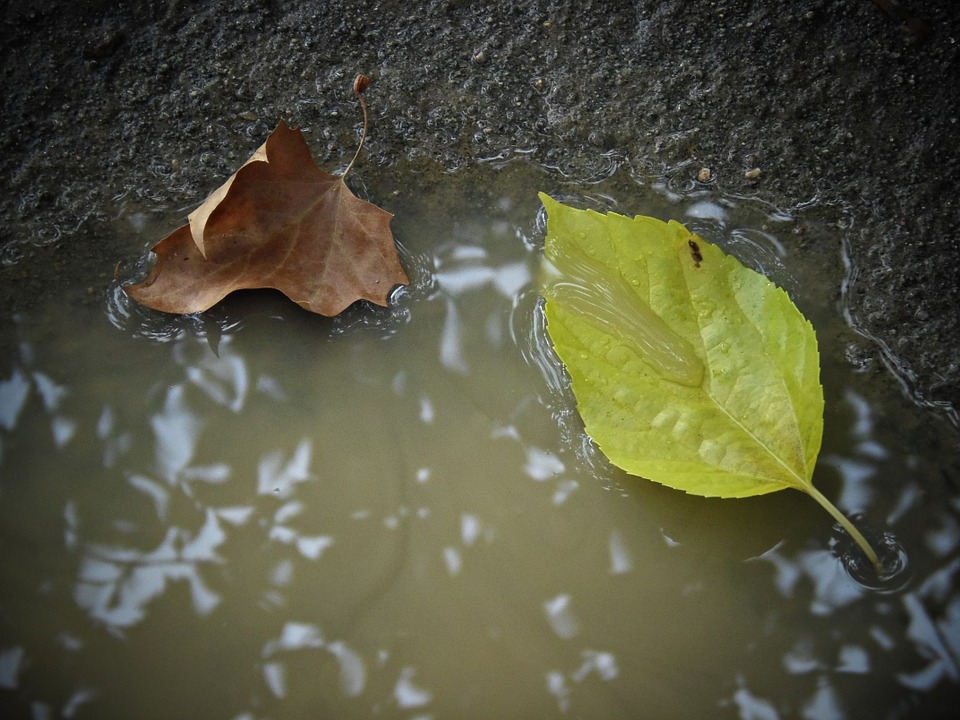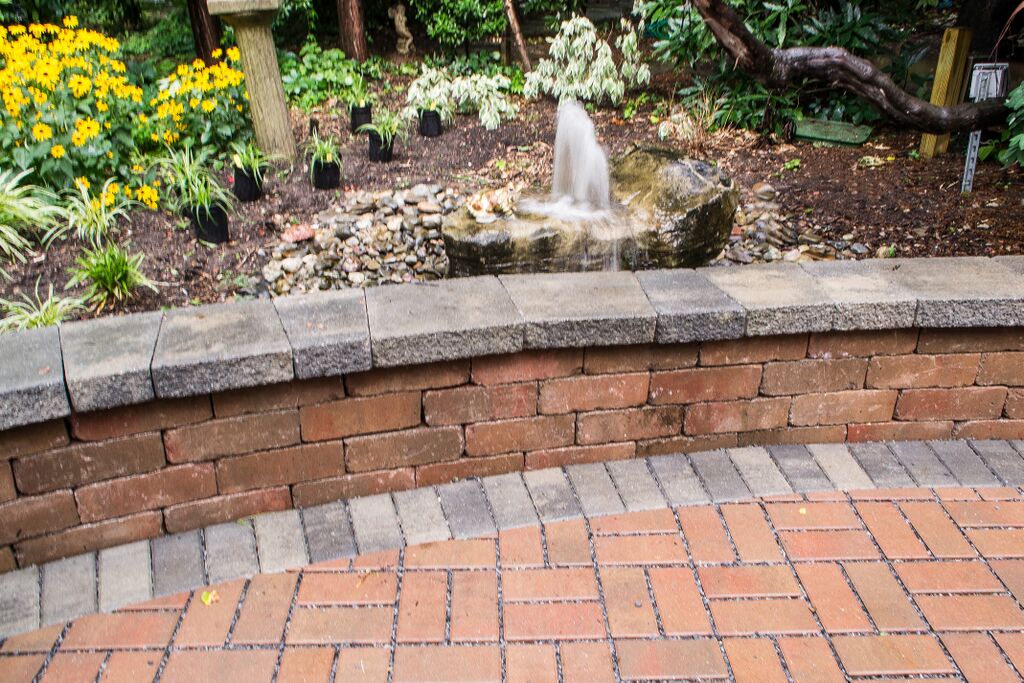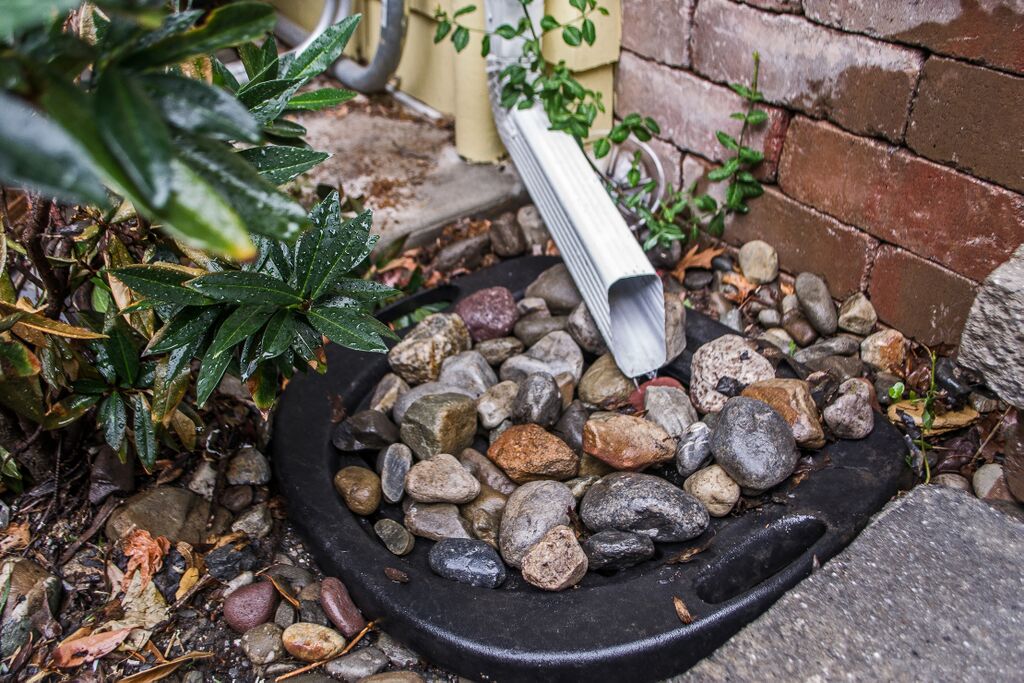Fall Is a Great Time to Install a Patio or Driveway
It’s not just deck building that’s great come autumn. Fall is also the perfect time to add, repair, or expand your patio, driveway or pool surround.
When it comes to patios, driveways and pool surrounds, digging up your property in fall is less of a hassle after the outdoor season is mostly over and you’re not outside as much.
Also, just like with building a deck, there’s less damage to the landscape when plants are dormant.
Not to mention you’ll find that design/build firms like Deck and Patio have more time open on their schedules in autumn so they can provide quicker service as opposed to our busiest months.
Types of Materials
Choosing the right hardscape materials is important in the northeast’s freeze/thaw climate. The wrong products trap heat in the summer which can be tough on bare feet. And who wants to wear shoes or sandals around a pool or hot tub?
That said, it’s equally important that the paving material you choose can stand up to the freezing weather that occurs in our cold seasons.
“Helping our clients choose the right product is part of our service,” says Dave. “And whether the choice ends up being brick, natural stone, pavers or other landscaping materials, at Deck and Patio we know how to install them correctly. We have earned many HNA awards from the Interlocking Concrete Pavement Institute which signify the superior design ability and competence of installation by our construction experts.”
Examples of Deck and Patio Hardscape Projects
Patio: Permeable Pavers
Because these Brooklyn clients wanted to collect rainwater for irrigation of their garden and backyard landscapes, they opted for permeable pavers. Voids between the pavers are filled with crushed stone; when rain passes through the pavers’ joint spaces, it flows down into an underneath layer of bluestone gravel and about an inch of crushed stone which filters the water as it’s being collected for recirculation.
Patio Techo-Bloc Pavers
Techo-Bloc pavers, which are engineered in Canada, are a good example of a product that can stand up extremely well to the freeze/thaw that occurs in our area.
Here, we built for our clients a two-level patio in Tech-Bloc’s Borealis’ modular slabs. On the lower of two new Deck and Patio patios, we added an outdoor kitchen with built-in stainless steel grill, expansive work area, sink, refrigerator and eating/drinking bar with stools.
The upper level is a lovely dining area with custom fire pit and nearby is a hot tub with stream and waterfalls.
Driveway Tumbled Pavers
Deck and Patio’s design team was brought in during the early stages of planning and construction of this home and its many hardscapes.
Working with the architect and homeowners, in front, our design team created a driveway in earth-tone concrete tumbled pavers that appear as an extension of the geometric patters and hues of the home’s Glen Gary brick.
Pool Surrounds
Handsome Cambridge Ledgestone XL “Toffee Onyx Light” pavers (Sherwood Collection) were chosen as a patio/pool surround for this yard. The pavers come in 3-piece design kits for a beautiful random design.
The color of the pavers nicely pick up both the pool water while simultaneously suggesting beach sand for a beautiful natural appearance.
Here is a lovely example of natural stone. Travertine is a gorgeous natural stone that can make a beautiful patio. Here the Travertine surrounds a 50-foot-long pool, 800-square-foot pool house, an outdoor kitchen with natural stone facade, and an outdoor shower.
Note: Although Travertine has traditionally been used indoors in colder climates, more and more it is being used outdoors. Be careful, however, from where the stone is quarried. You want Travertine from Italy, Mexico or Turkey, not China, which doesn’t hold up in the freeze/thaw conditions of the Northeast.
To learn more about different materials and design/build opportunities, contact Deck and Patio during regular business hours at 613-549-8100.

